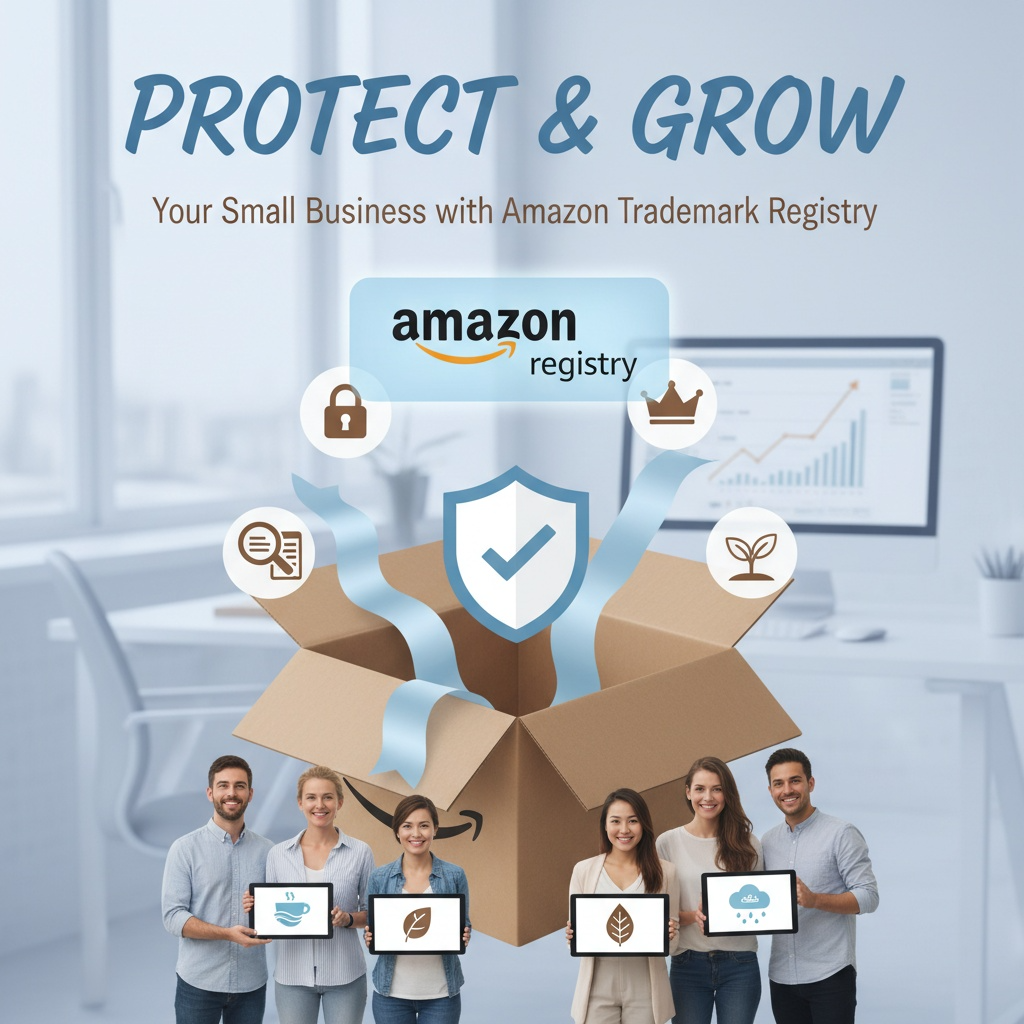Amazon’s online marketplace is a bit of a mixed bag: it gives sellers an incredible way to reach folks all over the world, but it also draws in scammers and knockoff makers who take advantage of brands without proper protection. That’s where Amazon’s Brand Registry program comes in—it’s built to help keep brands and customers safe from counterfeit products. The catch? You’ll need a registered trademark, or at least a pending application, to get in.
With Brand Registry, sellers gain more control over their product pages, better reporting tools, and the ability to quickly remove fake listings. Without that registered trademark—or proof you’re working on one—you can’t join. That leaves your brand wide open to copycats.
The Scope and Impact of Counterfeiting on Amazon
Counterfeiting is no small potatoes—it’s a multi-billion-dollar issue for online sellers. The U.S. Department of Homeland Security reported that in 2023, nearly $1.5 billion worth of fake goods were seized at U.S. borders. Amazon, on its end, said it blocked over 6 million attempts to create phony seller accounts that same year, stopping hundreds of thousands of shady listings before they reached customers.
On top of that, the OECD noted that around 3.3% of global trade is made up of counterfeit or pirated products. That’s a lot of fake stuff, and it shows just how risky it is to sell online without proper trademark protection.
How Brand Registry Uses Trademarks to Protect Sellers
Amazon’s Brand Registry is really the gold standard for protecting your brand on their platform. To join, you need an active registered trademark in the country where you’re selling—or at least proof of a pending application in some places. For U.S. sellers, that’s a USPTO registration. International sellers usually need a local registration (like through the EUIPO or UKIPO) or one under the Madrid Protocol.
Here’s what you get with Brand Registry:
- Access to advanced monitoring tools that use AI to catch copycats.
- Faster takedowns of infringing listings, skipping the slow DMCA process.
- Exclusive marketing perks like A+ content and Sponsored Brands ads.
- More authority over product details, which helps protect your listings.
Altogether, these protections make it much harder for counterfeiters to compete with registered brands.
For Amazon sellers, trademark infringement isn’t just a headache—it can mean serious brand damage and lost sales. According to the International Trademark Association (INTA), counterfeiting drains more than $600 billion from the global economy each year. Without a registered trademark, your brand is much more likely to be impersonated or copied with confusingly similar names or logos.With a registered trademark, though, you’ve got real power: you can enforce your rights on Amazon, take legal action in federal court, and even block infringing imports with U.S. Customs. That mix of online and offline protection is more important than ever, especially since the value of a brand often outweighs physical business assets.
International sellers face both unique hurdles and big opportunities. Amazon welcomes them, but Brand Registry still requires a trademark that’s either registered locally or pending. Many foreign sellers can take advantage of the Madrid Protocol to streamline filing in multiple countries.That said, trademark “squatting” is still an issue in some markets like China, where others might register your brand before you do. To avoid that, foreign sellers should:
- File trademarks early in all key markets.
- Keep an eye out for suspicious local filings.
- Work with trusted IP lawyers to build a strong international trademark strategy.
While Amazon accepts proof of pending applications in places like the U.S., Canada, and India, completing your registration offers far stronger protection and peace of mind.
Invest in Protection Before You Sell
In today’s global online marketplace, a registered trademark isn’t just nice to have—it’s a must. For Amazon sellers, it opens the door to stronger brand protection, better control of your listings, and long-term success. For international sellers, filing early and across multiple markets is especially important.

